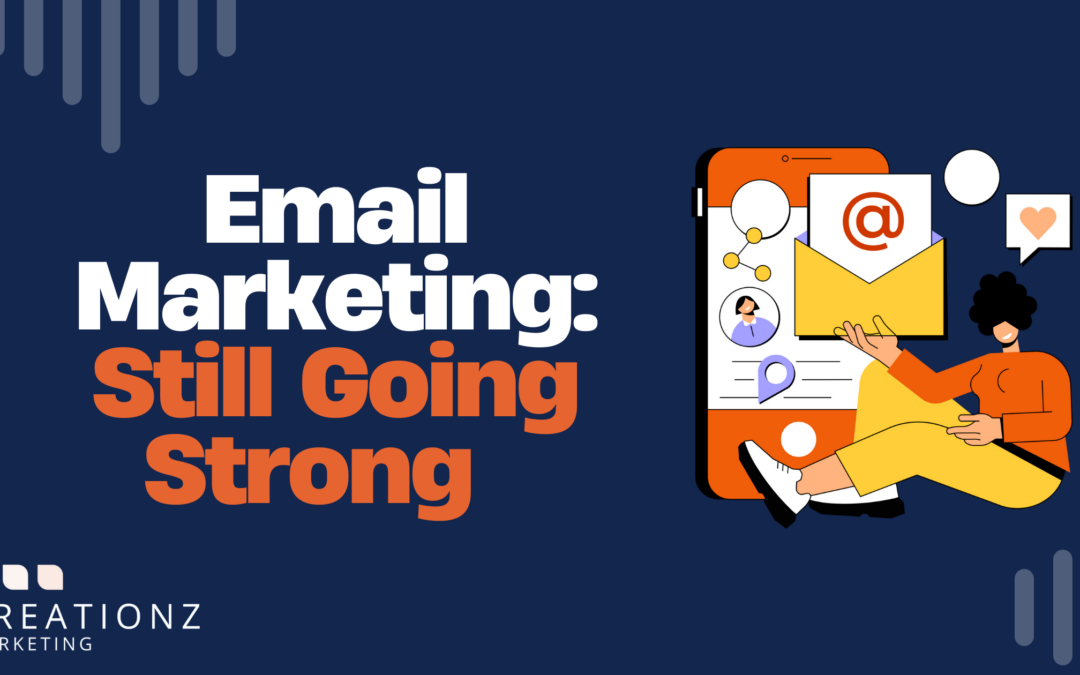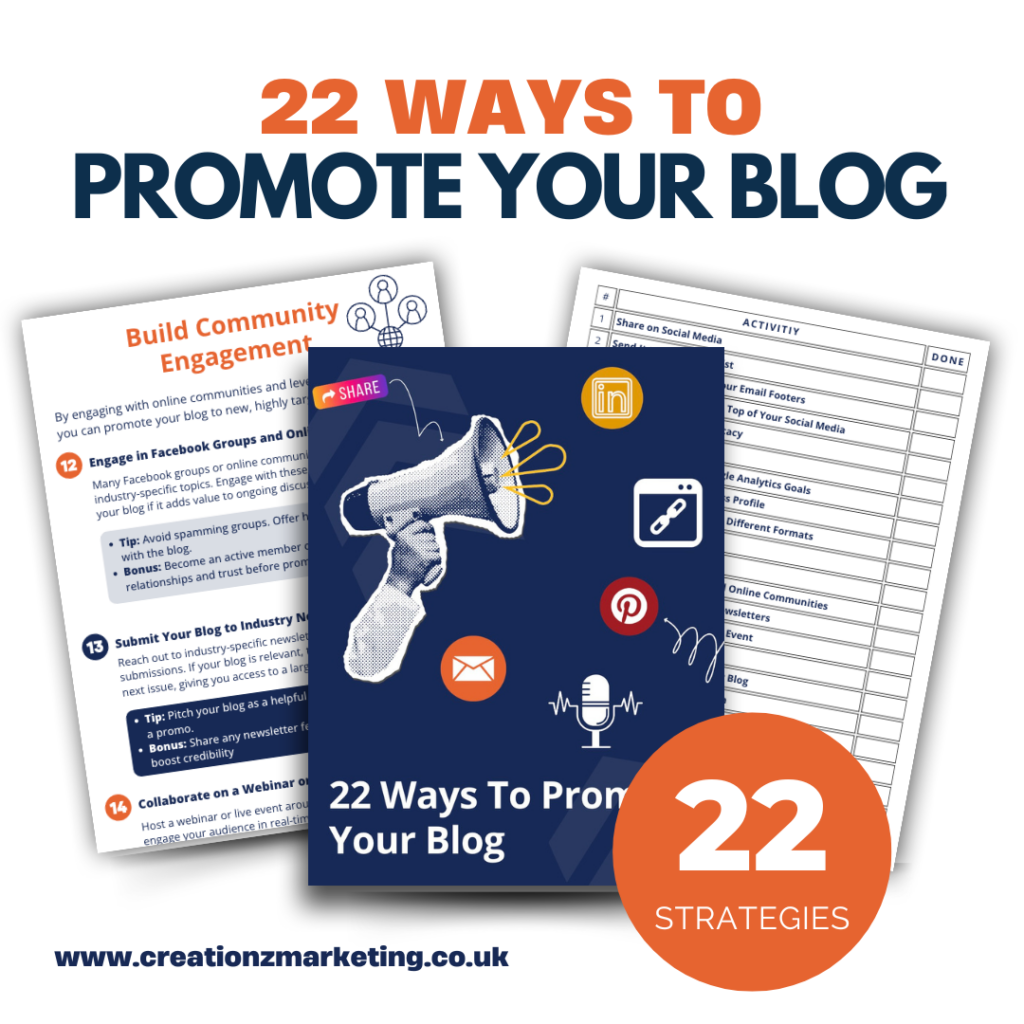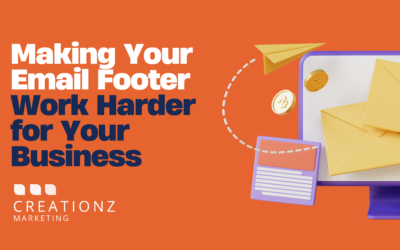
The Benefits of Email Marketing: It’s Not Dead—It’s Evolving
Despite the rise of social media, video marketing, and influencer trends, email marketing continues to be one of the most effective tools for small businesses. Need to update your email marketing database? We’ve got a blog to help you do just that! Learn how to build and own your own data rather than relying solely on social media connections.
If you’ve heard that email marketing is dead, think again. In reality, email is evolving, offering new opportunities for engagement, growth, and ROI.
In this post, we’ll explore the key benefits of email marketing for small businesses, dispel the myth that it’s outdated, and answer the pressing question: What actually is a good open rate?
Why Email Marketing Is Still a Powerful Tool
While other marketing channels come and go, email remains a direct and reliable way to reach your audience. Here’s why email marketing is still crucial for your business:
1. Direct Access to Your Audience
With email, you’re not at the mercy of ever-changing algorithms (like on social media). You can directly communicate with your customers in their inbox, giving you full control over your message and when they receive it.
2. Personalisation and Segmentation
Email allows you to segment your audience based on demographics, purchasing history, or engagement levels. You can send personalised messages that resonate with specific groups, leading to higher open rates and better results.
3. Automated Campaigns for Consistent Engagement
Automated email campaigns, such as welcome emails or abandoned cart reminders, work in the background, helping you nurture leads, convert prospects, and retain customers without requiring constant manual effort.
4. Cost-Effective with High ROI
For small businesses, email marketing is highly cost-effective. In fact, according to the Data & Marketing Association, email has an average ROI of £35 for every £1 spent—significantly higher than most other channels.
5. Measurable and Trackable
You can easily monitor the success of your campaigns with metrics like open rates, click-through rates, and conversions. This data-driven approach helps you refine your strategy and ensure your efforts are driving real results.
Email Marketing Isn’t Dead—It’s Evolving
Email marketing has come a long way from the days of generic bulk messaging. Modern email marketing is highly targeted, personalised, and automated. What’s more, with the rise of mobile usage, people are checking their emails on the go—making email even more relevant today than ever.
Contrary to what some might believe, email remains a preferred communication channel for most consumers. Recent studies show that 99% of consumers check their email daily (HubSpot), and for many, it’s still their preferred method of receiving updates from businesses.
FAQs: Frequently Asked Questions About Email Marketing
Email marketing can be a powerful tool, but knowing how to maximise its potential is key. Below are some common questions businesses ask about how to succeed with email marketing.
What Is a Good Open Rate for Email Marketing?
One of the most common questions businesses ask is, “What’s considered a good open rate?”
The answer can vary depending on your industry, but for most small businesses, an average open rate falls between 15% and 25%. If your open rate is higher than 25%, you’re performing above average, and anything over 30% is exceptional.
Factors influencing your open rate include:
- Email subject lines: Clear, enticing subject lines help your emails stand out in crowded inboxes.
- Personalisation: Emails that address the recipient by name or reference their recent activity tend to have higher open rates.
- Time of day: Sending your emails at the right time—when your audience is most likely to check their inbox—can make a huge difference.
How Often Should I Send Email Marketing Campaigns?
When it comes to email marketing, one of the most common questions is, "How often should I be sending emails to my subscribers?" The answer depends on your audience and the type of content you’re offering.
For most small businesses, sending one to two emails per week is a good starting point. This keeps you top of mind without overwhelming your subscribers. However, consistency is key! If your audience expects a weekly newsletter, stick to that schedule. If you're running a promotion or event, sending more frequent updates makes sense.
Tips for Email Frequency:
- Test different frequencies: Some audiences prefer fewer emails, while others are happy with regular updates.
- Look at your engagement data: If open rates and click-through rates drop, you might be sending too often.
- Provide value: Every email should offer something of interest, whether it’s a special deal, helpful information, or an exciting announcement.
Remember, it’s all about finding the right balance for your audience.
What Makes a Good Email Marketing Campaign?
People often ask, "What does a good email marketing campaign look like?" A good campaign combines the right content, design, and timing to create something that not only catches the reader's attention but also encourages them to take action.
Here are the key elements of a great email marketing campaign:
-
Strong Subject Line: Your subject line is the first thing people see. Make it clear, enticing, and relevant to the email content. Keep it short—ideally under 50 characters.
-
Engaging Content: Whether you’re promoting a product, sharing a blog post, or offering a discount, the content should be engaging, relevant, and helpful to your audience.
-
Clear Call to Action: Tell your readers exactly what you want them to do—whether it's clicking a link, booking a call, or making a purchase. Make the call to action easy to find and compelling.
-
Responsive Design: With so many people opening emails on their phones, your design must look great on mobile devices. Test it out on different devices before sending.
-
Optimised Sending Time: The timing of your campaign matters. Try to send your emails when your audience is most likely to be checking their inbox—usually mid-morning during the workweek.
A good email campaign builds a connection with your subscribers and encourages them to engage with your brand in a meaningful way.
How Do I Build An Email List?
Building an email list is crucial for any business, but the best approach can vary depending on your industry. Below, we've outlined strategies tailored to different types of businesses—whether you're in B2B, professional services, or consumer-focused industries, these tips will help you grow your list and engage your audience.
B2B Email List Building: Offering Value for Lead Generation
- In B2B, building an email list is all about offering valuable content that addresses the specific needs of potential clients.
- Resources like whitepapers, industry reports, or case studies can be gated, requiring users to provide their email in exchange. Webinars, in-depth blog content, and tools such as downloadable templates can also drive sign-ups.
- This approach positions your business as a thought leader while providing actionable solutions.
Professional Services: Building Trust and Expertise with Email Marketing
- For professional services such as solicitors or accountants, building an email list is best achieved through the distribution of educational resources.
- Free guides on legal or financial topics, access to exclusive webinars, or regular newsletters sharing important updates can encourage sign-ups.
- These clients are typically looking for trustworthy, expert advice, so your email content should focus on building credibility and offering practical, easy-to-understand guidance.
B2C Email List Growth: Incentives to Attract and Engage Consumers
- In B2C businesses, email list growth is often driven by attractive incentives.
- Offering a discount, free gift, or early access to sales in exchange for an email sign-up is a proven method. Pop-ups, promotional banners, and social media call-to-actions highlighting these benefits can help capture consumer attention.
- Regularly engaging your subscribers with exclusive offers and personalised recommendations keeps them loyal and encourages repeat business.
Conclusion: Don’t Give Up on Email Marketing
Email marketing is far from dead. It remains a versatile, cost-effective, and powerful tool for small businesses looking to connect with their audience in a meaningful way. By focusing on segmentation, automation, and personalisation, you can create email campaigns that engage your audience and deliver results.
And remember: A good open rate is around 15%-25%, but with the right strategy, you can push that even higher.
Ready to improve your email marketing efforts? Book a free discovery call with us today and find out how we can help you create an email strategy that works for your business.
Ready to improve your email marketing efforts?
Book a free discovery call with us today and find out how we can help you create an email strategy that works for your business.






